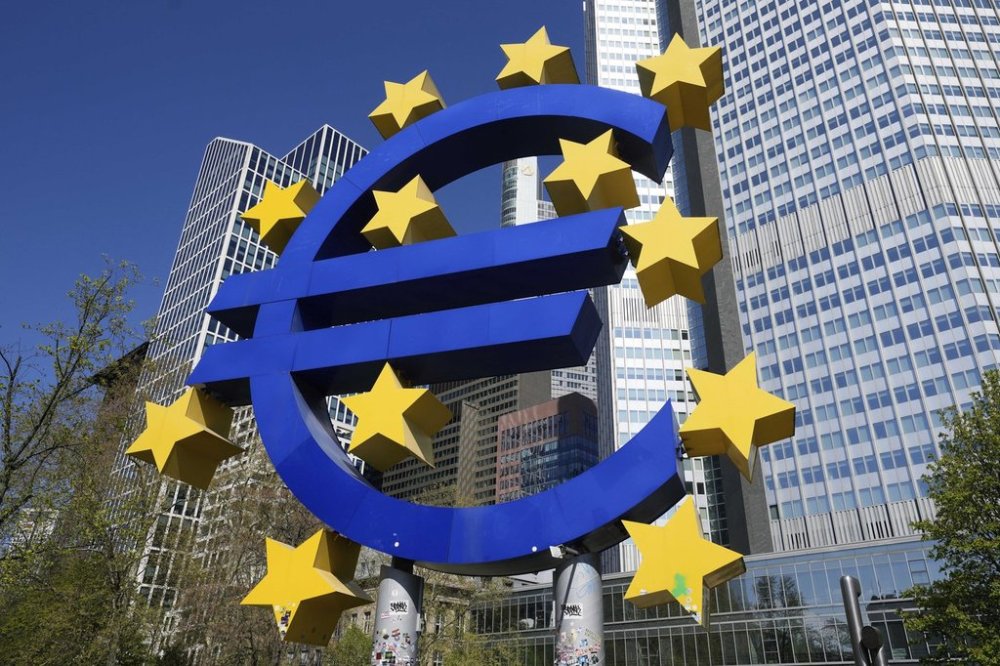Inflation slides to 1.9% in Europe, as worries shift from prices to Trump and tariffs
Advertisement
Read this article for free:
or
Already have an account? Log in here »
To continue reading, please subscribe:
Monthly Digital Subscription
$0 for the first 4 weeks*
- Enjoy unlimited reading on winnipegfreepress.com
- Read the E-Edition, our digital replica newspaper
- Access News Break, our award-winning app
- Play interactive puzzles
*No charge for 4 weeks then price increases to the regular rate of $19.00 plus GST every four weeks. Offer available to new and qualified returning subscribers only. Cancel any time.
Monthly Digital Subscription
$4.75/week*
- Enjoy unlimited reading on winnipegfreepress.com
- Read the E-Edition, our digital replica newspaper
- Access News Break, our award-winning app
- Play interactive puzzles
*Billed as $19 plus GST every four weeks. Cancel any time.
To continue reading, please subscribe:
Add Free Press access to your Brandon Sun subscription for only an additional
$1 for the first 4 weeks*
*Your next subscription payment will increase by $1.00 and you will be charged $16.99 plus GST for four weeks. After four weeks, your payment will increase to $23.99 plus GST every four weeks.
Read unlimited articles for free today:
or
Already have an account? Log in here »
FRANKFURT, Germany (AP) — Inflation in the 20 countries that use the euro fell to 1.9% in May from 2.2% in April, clearing the way for more rate cuts from the European Central Bank to support growth in the face of U.S. President Donald Trump’s tariff offensive.
Lower energy prices helped bring consumer prices in May to below the ECB’s 2% target for the first time since September. Increasing signs that inflation is back under control after a painful outbreak in 2021-23 leaves room for the ECB to turn its attention to worries about the impact of a slew of new import taxes on EU goods in the US that threaten to slow Europe’s export-oriented economy.
Reductions in the ECB’s benchmark rate, currently at 2.25%, lower borrowing costs throughout the economy, making it easier to buy things on credit and stimulating economic activity and investment. Higher rates combat inflation, but for the moment that battle appears to have been won.

The ECB’s rate-setting council meets on Thursday under bank President Christine Lagarde to determine the next step on rates. Analysts expect a cut of a quarter percentage point and for Lagarde to indicate that at least one more cut is possible at future meetings.
Trump has raised tariffs on steel, aluminum and autos from almost all trading partners to 25%, and has now said he will raise the rate to 50% on steel, as well as proposing a 20% tariff on all European Union goods. That last tariff has been paused ahead of a July 14 deadline pending negotiations with EU officials. Worries about the impact of tariffs on growth led the European Union’s executive commission to cut its growth forecast for the 20 euro member countries this year to 0.9% from 1.3% in its fall 2024 forecast.


